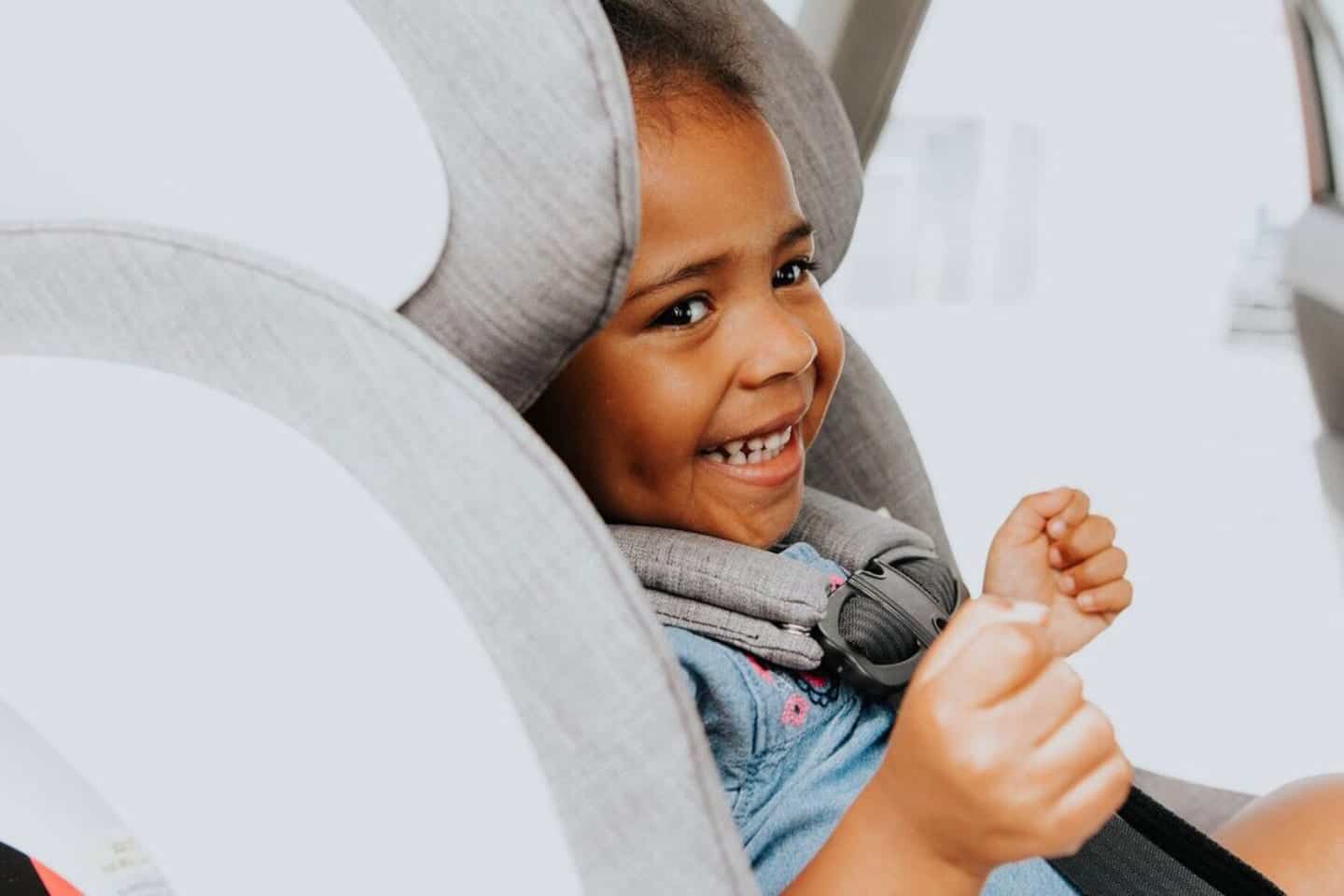The AAP’s new car seat guidelines reflect what parents are already doing

Because age doesn't matter when it comes to safety.
We want to keep our kids as safe as possible when on the road. For a lot of parents, this has meant keeping their children in rear-facing car seats for as long as possible, not just until age two.
Now, the American Academy of Pediatrics is updating its official stance on car seat safety to be more in line with what so many parents are already doing and is recommending that kids stay rear-facing for as long as possible.
The old AAP car seat guidelines said parents should keep kids rear-facing at least to age 2; the new version removes reference to a specific age and just suggests parents keep them rear-facing until they outgrow their car seat’s height and weight limits.
“Fortunately, car seat manufacturers have created seats that allow children to remain rear-facing until they weigh 40 pounds or more, which means most children can remain rear-facing past their second birthday,” Dr. Benjamin Hoffman, lead author of the policy statement and chair of the AAP Council on Injury, Violence and Poison Prevention, says in an AAP media release. “It’s best to keep your child rear-facing as long as possible. This is still the safest way for children to ride,” says Hoffman.
Related: A parent’s guide to car seat safety: Tips, rules & product picks
According to Hoffman and his colleagues at the AAP, parents really shouldn’t rush transitioning kids out of rear-facing seats—or later, into boosters—because when it comes to car seats, every transition actually reduces the amount of protection a child has in the event of a crash. Using a car seat that’s appropriate for your child’s size lowers the risk of fatalities and serious injuries by over 70%, the AAP notes.
“Car seats are awesome at protecting children in a crash, and they are the reason deaths and injuries to children in motor vehicle crashes have decreased,” Dr. Hoffman explains. “But that also means we just don’t have a large enough set of data to determine with certainty at what age it is safest to turn children to be forward-facing. If you have a choice, keeping your child rear-facing as long as possible is the best way to keep them safe.”


































